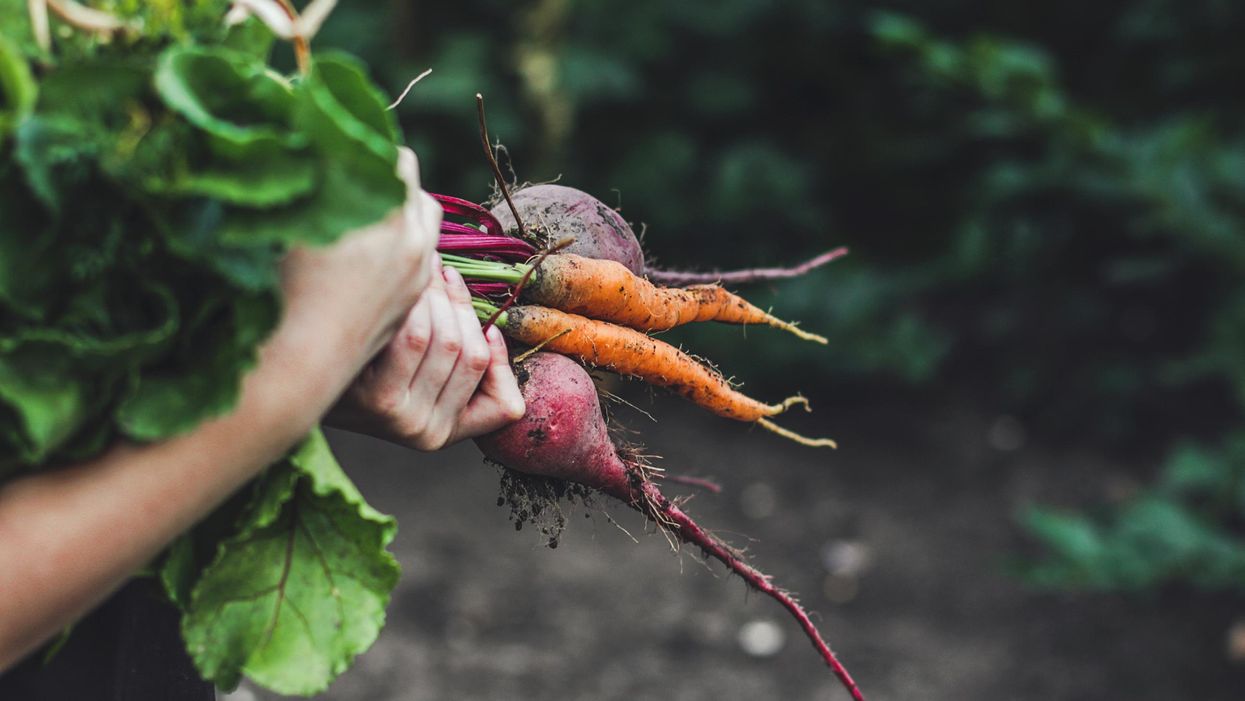Should Dancers Try a Raw Food Diet?
The benefits of eating raw fruits and veggies are clear. The nutrients! The fiber! But can an all-raw diet be too much of a good thing?
If you’re tempted to try the Instagram trend yourself, proceed with caution. “The evidence in favor of a raw diet is often anecdotal rather than researched,” says Chicago-based registered dietitian nutritionist and dance educator Sherry Lin.
What Does “Eating Raw” Mean?
Following a strict raw diet means consuming mostly foods that are uncooked. Raw vegans eat fruits, vegetables, nuts, seeds, sprouted grains and legumes. Vegetarians might add in unpasteurized dairy and eggs, while the most liberal raw diet could include raw meat and fish.
Foods can be soaked, pickled, juiced, dehydrated or eaten as-is—but not heated above 104 to 118 degrees Fahrenheit.
Why Eat This Way?
Proponents of the diet argue that cooking foods destroys their natural enzymes and reduces nutrients. But, says registered dietitian and dancer Robin Amylon, “the body has its own enzymes to break down and digest food. We don’t necessarily need help from the enzymes in the food itself.”
It’s true that some nutrients can be lost during cooking, depending on your preparation. “For example, vitamins B and C are water-soluble,” Amylon explains. “That’s why it’s recommended to steam vegetables, rather than boiling them,” which can leach nutrients into the water. That said, nutrient loss from cooking likely isn’t significant enough to leave you with a deficit.
Other commonly touted perks of a raw diet include clearer skin, improved bowel movements and increased energy. However, Lin points out that you can see those same benefits by simply consuming more fruits and vegetables—raw and cooked.
Can a Raw Diet Work for Dancers?
By eating this way, you’re missing out on proteins, and may have trouble meeting your daily energy needs. “Dancers are athletes,” Amylon stresses. “You require a certain number of calories to dance to your best.”
Raw foods can also be difficult to digest. “Think about broccoli,” Lin says. “When it’s raw, it’s tougher. It requires more chewing, and then more acid to break down in the stomach. More energy has to be channeled toward digestion. That’s energy that could instead be sent to the muscles, the heart and the brain.”
The raw diet is also incredibly restrictive. “Dancers already live in a world full of eating rules, so I’m generally against changing their diet to one with more rules,” says Montreal-based registered sports dietitian Dr. Alexia de Macar, who has worked with Cirque du Soleil performers. “Rigidity is not optimal.”
Find a Balance
If you want to increase your raw food intake, all three dietitians advise doing so without restricting in other areas. Raw plant products will be your safest bet—unpasteurized dairy and eggs and uncooked meat and fish (aside from some safer exceptions, like properly prepared sushi) may contain hazardous bacteria.
As you add more raw foods into your diet, pay attention to how your body responds. For instance, having a salad before a performance could make you feel bloated onstage, whereas those fresh greens might hit the spot after the show. “Experiment and listen to your body,” Lin says. “Ask yourself, ‘Is this a sustainable lifestyle choice for me?’ ” If you need guidance, consult a dietitian.
Ultimately, choose a diet based on how it makes you feel—not whether it works for someone else, says de Macar. “If you feel your best eating oatmeal before morning class,” she says, “I’d never advise you to change that.”




